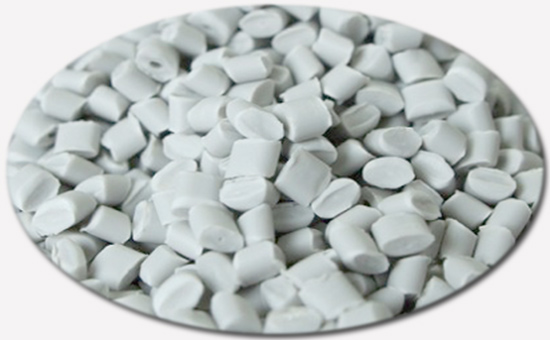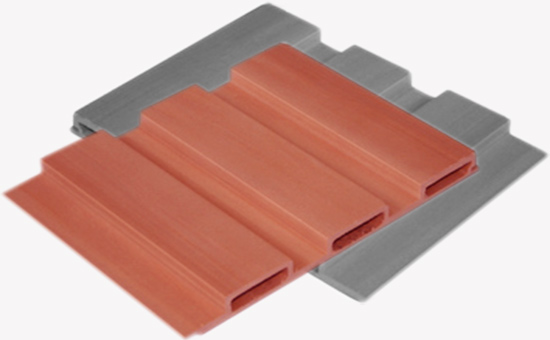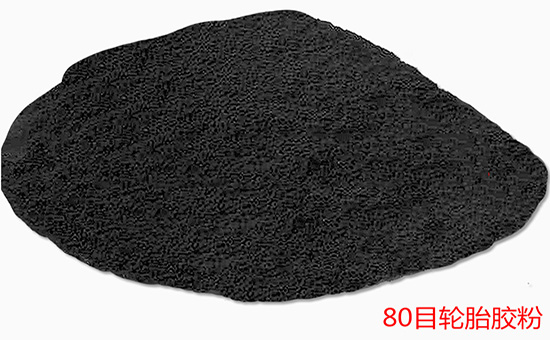
PP resin, namely polyethylene, is a thermoplastic synthetic resin formed by the addition reaction of propylene. It is a typical spherulitic crystalline resin. The phase interface among the crystalline and amorphous regions is prone to stress cracking. Rubber powder is made from waste rubber by mechanical processing, crushing or grinding. It is a fragment of cross-linked network structure, containing a small amount of unsaturated double bonds, and has the function of re-crosslinking. It can be used with various kinds of polymer materials to prepare new materials. In practical production, rubber powder can be used together with PP material, which has practical significance for the toughening of PP material.
The traditional method of toughening PP is to use EPDM and powdered styrene-butadiene rubber; Rubber powder can replace EPDM and PSBR to toughen PP, with good toughening effect and low cost. In actual production, rubber powder can be used to improve the preparation of wood-plastic composite materials with PP as the base material, such as epoxidized natural rubber modified rubber powder and waste tire rubber powder.

Waste tire rubber powder is processed from waste automobile tires, and is the largest rubber powder product at present. In practical production, using tire rubber powder to toughen and modify PP resin can reduce the brittleness of polypropylene, improve the strength of polypropylene, further expand the application range of polypropylene and reduce the cost.
When waste tire rubber powder/polypropylene is used together, the particle size and dosage of tire rubber powder will affect the toughening effect. In general, the smaller the particle size of tire rubber powder, the higher the impact strength and tensile strength of the composite; Considering the cost and performance, it is recommended to use about 40 mesh tire rubber powder 2SLYY213. With the increase of the amount of tire rubber powder, the distance among rubber powder particles becomes smaller, the stress fields caused by adjacent rubber powder particles overlap each other, and the properties of the blend are improved; It should be noted that the excessive amount of tire rubber powder will lead to the decrease of its dispersion in the composite and affect the modification effect.

Waste tire rubber powder and polypropylene are used to prepare thermoplastic elastomer, and alkyl peroxide additive can be used to compatibilize waste tire rubber powder/polypropylene blend to prepare thermoplastic elastomer. In actual production, proper use of nylon short fiber, mixing waste nylon short fiber with proper amount of latex, filler, adhesive, lubricant, surfactant, antioxidant and other treatment agents, mixing, drying, pretreatment, and then mixing with waste tire rubber powder/PP resin can also improve the impact strength of composite materials.
Deeply exploring the application of rubber powder in rubber industry and non-rubber industry can further expand the application field of rubber powder and dispose more waste rubber. In actual production, rubber powder can also be used together with PE, PS, PU, POE, CPE, EVA, etc. The editor will continue to discuss relevant issues with you later.
Exclusive original article [commercial authorization] reprint, excerpt and excerpt in any form are prohibited without written authorization. Focus on Hongyun rubber: learn the process formula and raw material technology of producing rubber products from recycled rubber to help you reduce costs and increase profits